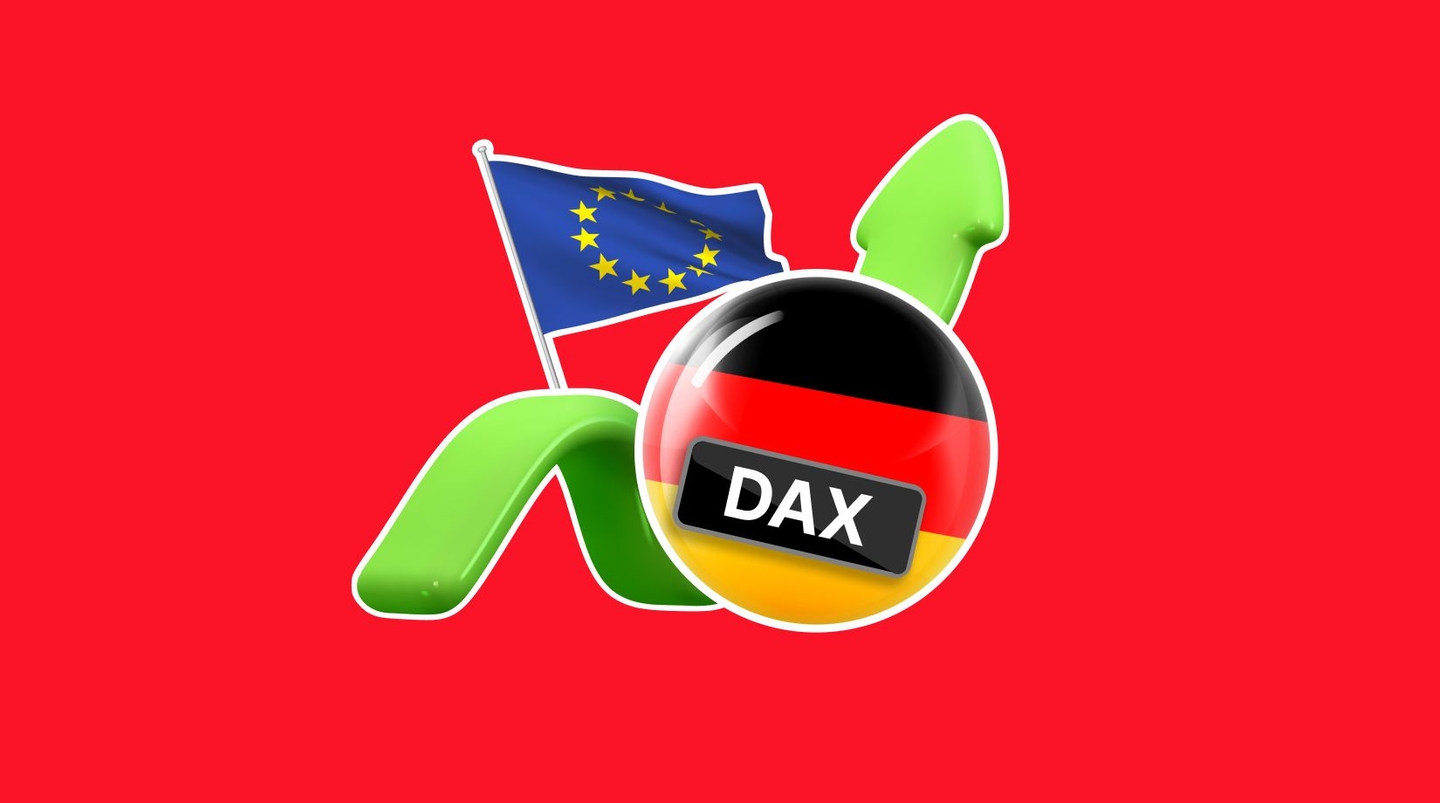The best-performing currency on Monday was the Euro, and European indices outperformed other competitors. European assets are positively reacting to the German economy experiencing a lower decline than expectations. Analysts expected the German economy to contract 0.2%, but only fell 0.1%. The Gross Domestic Product was positive for both the stock market and the Euro. However, the negative factor remains the EU inflation rate, which read lower than expectations.
Spanish inflation remained at 3.5% instead of increasing to 3.8%. Germany’s monthly inflation data remained unchanged instead of rising by 0.2%. Some economists say investors do not believe the European Central Bank will raise interest rates again; therefore, lower inflation can be deemed positive. This is because lower inflation can support business and economic growth. However, at the same time, if the Federal Reserve increases interest rates, the Euro will not be able to hold onto gains.
Another positive factor for the Euro is the dovish tone of the Bank of Japan. The Bank of Japan Governor advises he believes the Bond market will only be able to hold onto gains much higher than 1%. As a result, the Japanese Yen significantly declined, causing investors to turn to the Euro as a preferred reserve currency.
DAX - European Sentiment Improves
On Monday, the DAX opened on a sizeable bullish gap measuring more than 0.40%, higher than the traditional price action. After that, the instrument rose by a further 0.58% and is trading at the most traded price over the past eight days. The DAX is now trading at its lowest price since March 2023 and 11% lower than 2023’s high. Some technical analysts advise that the price is now competitive if fundamentals support the asset.

On the one hand, the DAX is supported by a meager chance of another interest rate hike and a weaker-priced Euro. In addition, the three leading economies in Europe have seen their inflation significantly decline. German inflation fell to 3.8%, French to 4.0%, and Italian to 5.3%. Economists are advising another ECB rate hike is unlikely, which is positive for the stock market. The DAX will be further supported if the US Federal Reserve also holds off another rate hike. In addition, another positive factor is the decline in the German Bond Yields, which have fallen from 2.927% to 2.790% over the past month. This morning, the German 10-year Bond yield fell a further 0.033%.
However, on the negative side, the geopolitical tension and two significant wars continue to affect the global economy and investor sentiment. If tensions rise or the price of Oil again increases, the DAX can again come under pressure. Another negative factor is the lower-than-expected Chinese Manufacturing PMI, which fell from 50.2 to 49.50. However, this is not likely to have a singing effect unless there are more signs of an imminent global recession
When looking at the components within the index, 19 stocks are increasing in value, and 11 stocks are experiencing a decline. Economists usually look for at least 20 stocks to increase value to trade buy signals and opportunities. This is possible, and something traders will monitor throughout the day. Vonovia is experiencing the most significant increase, rising 3.57%, followed by Qiegen, rising a further 3.40%. The stock experiencing the most significant decline is MTU Aero, which has fallen 0.91%.
CAD/CHF
In 2023, the Canadian Dollar against the Swiss Franc is trading at its lowest price range of all time. Technical analysts note that the index trades at the exchange rate’s previous support level. The current price level is a range which previously supported the CAD in August, July and May 2023. However, the index has yet to obtain a buy signal, though the Swiss Franc’s momentum has clearly been lost.
The exchange rate trades at the upper side of the established price range but has yet to break higher. If we look at the two-hour chart, the index is trading slightly below the 140-bar EMA but is trading above the neutral level on the RSI. If the exchange rate rises a further 0.30%, the price will trade above the 140-bar EMA and the Neutral on Oscillators; as a result, buy signals potentially may materialise.

Tomorrow, market participants will focus on the SVME business activity index in Switzerland: forecasts suggest an increase in the October indicator from 44.9 points to 45.0 points. Also, the Swiss National Bank head, Mr Jordan, will speak. If Mr Jordan indicates no pivot is possible, the Swiss Franc may experience further support. The consumer inflation indicator will be published on Thursday, which, according to preliminary estimates, will increase from 1.7% to 1.8%.
Summary:
- The best-performing currency on Monday was the Euro, and European indices outperformed other competitors.
- European assets are positively reacting to the German economy experiencing a lower decline than expectations.

